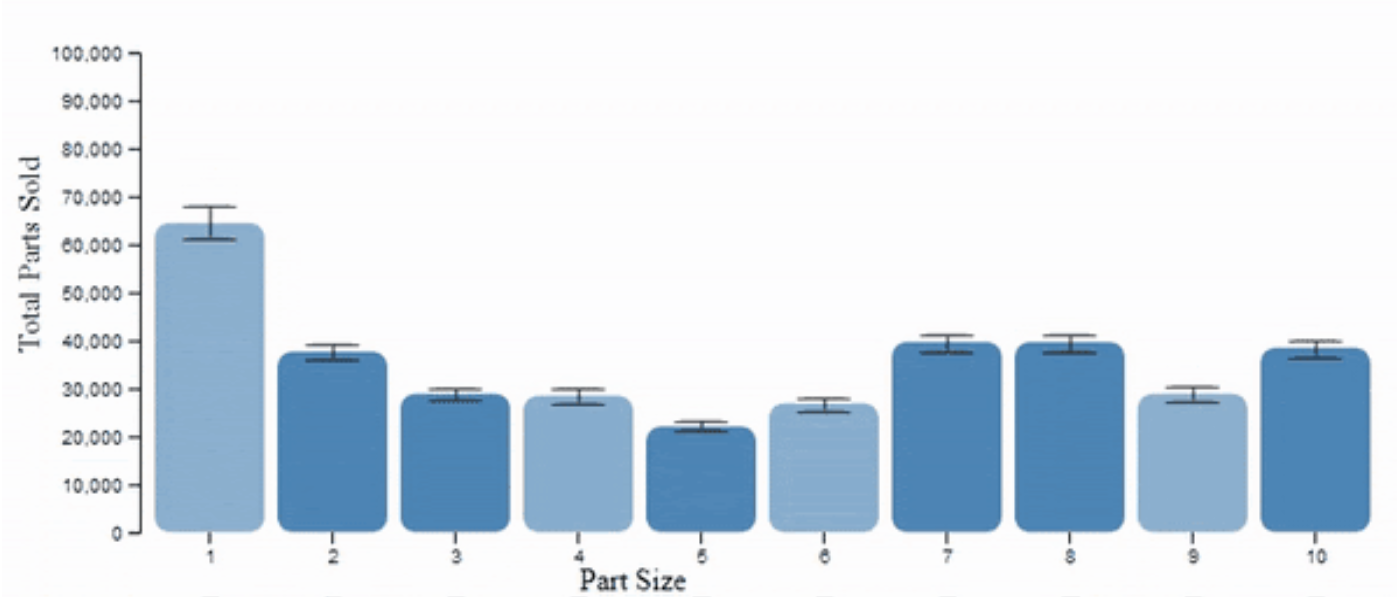Impact of Cognitive Biases on Progressive Visualization
Marianne Procopio, Ab Mosca, Carlos Scheidegger, Eugene Wu, Remco Chang
External link (DOI)
View presentation:2021-10-28T17:45:00ZGMT-0600Change your timezone on the schedule page
2021-10-28T17:45:00Z

Fast forward
Direct link to video on YouTube: https://youtu.be/FonisZGrIe0
Keywords
Data visualization, Uncertainty, Bars, Task analysis, Real-time systems, Query processing, Data analysis
Abstract
Progressive visualization is fast becoming a technique in the visualization community to help users interact with large amounts of data. With progressive visualization, users can examine intermediate results of complex or long running computations, without waiting for the computation to complete. While this has shown to be beneficial to users, recent research has identified potential risks. For example, users may misjudge the uncertainty in the intermediate results and draw incorrect conclusions or see patterns that are not present in the final results. In this paper, we conduct a comprehensive set of studies to quantify the advantages and limitations of progressive visualization. Based on a recent report by Micallef et al., we examine four types of cognitive biases that can occur with progressive visualization: uncertainty bias, illusion bias, control bias, and anchoring bias. The results of the studies suggest a cautious but promising use of progressive visualization — while there can be significant savings in task completion time, accuracy can be negatively affected in certain conditions. These findings confirm earlier reports of the benefits and drawbacks of progressive visualization and that continued research into mitigating the effects of cognitive biases is necessary.